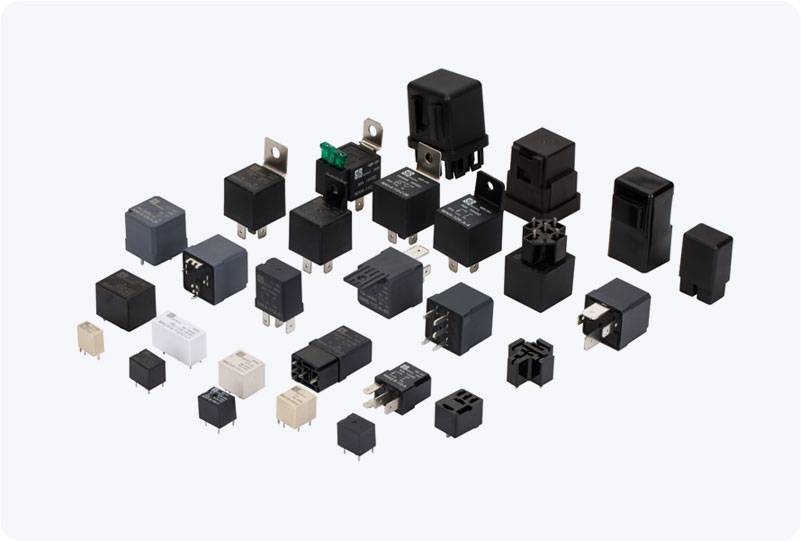Automotive relays are essential components in the electrical systems of modern vehicles, serving as switches that control various electrical circuits, including lighting, air conditioning, power windows, and engine starting systems. Given the wide range of environments in which vehicles operate, relays must be designed to perform reliably under extreme temperature conditions. This article explores the challenges automotive relays face in extreme temperature environments and the engineering solutions that ensure their longevity and functionality.

Understanding the Impact of Extreme Temperatures on Automotive Relays Automotive relays are typically exposed to a broad spectrum of temperature fluctuations during their lifespan. These fluctuations can be particularly intense, especially in regions with extreme climates, where temperatures can soar to over 70°C in the summer or drop below -30°C in the winter. The internal components of a relay, such as the contacts, the coil, and the casing, must withstand these conditions without losing functionality. Failure to do so could lead to critical system malfunctions, such as non-responsive windows, headlights, or even the engine failing to start.